Summer on our reserves
At this time of year it’s all hands on deck. Our hardworking reserve staff and volunteers are busy supporting the abundance of incredible wetland wildlife that arrives on our reserves during the summer. Discover what they’ve been up to.
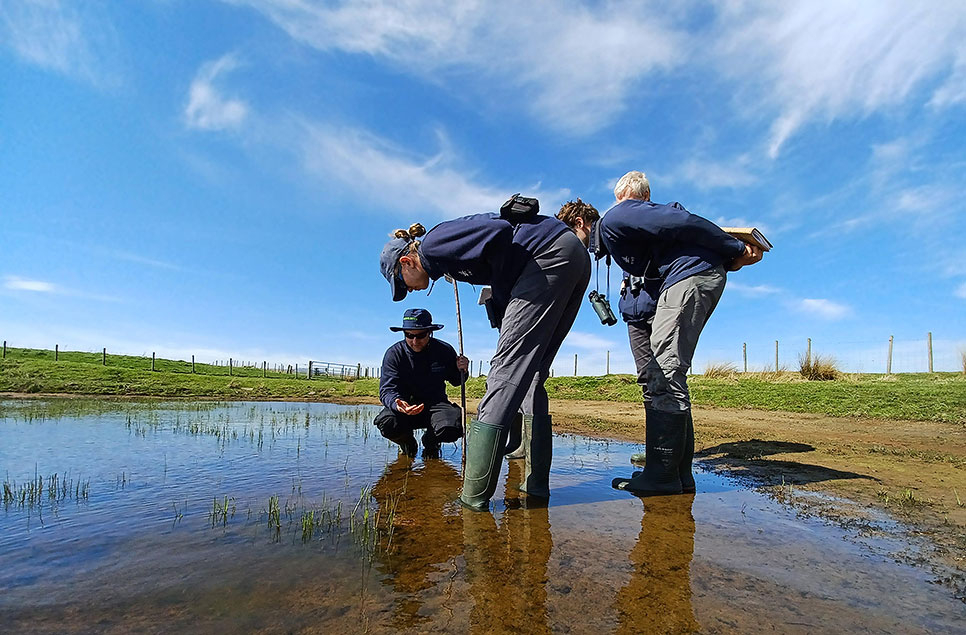
At this time of year it’s all hands on deck. Our hardworking reserve staff and volunteers are busy supporting the abundance of incredible wetland wildlife that arrives on our reserves during the summer. Discover what they’ve been up to.
Working with wildlife requires thinking outside the box and our reserve team at WWT Arundel have certainly done that, with an ingenious plan to encourage breeding terns to return to the reserve. Tern decoys will be put on the islands developed as part of the Arun Lagoon project completed earlier this year. Two islands were rebuilt and a third added to increase nesting spots for oystercatchers and entice common terns and little ringed plovers.
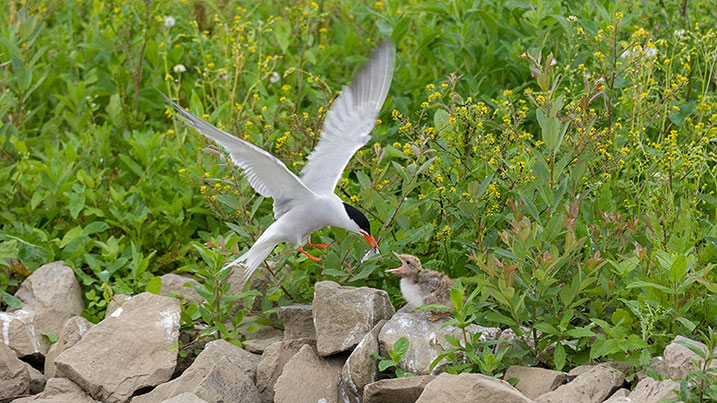
Next spring the decoys will be put out again and common tern calls played on the speakers from the Sand Martin hide. This strategy has worked in the past to increase numbers of nesting sand martins, we hope it will work for terns too.
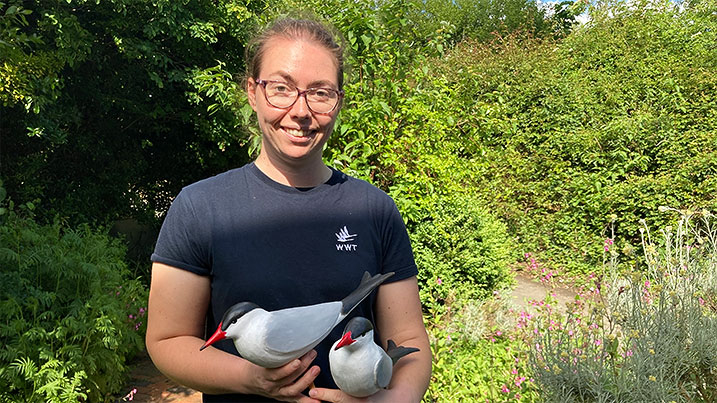
At WWT Welney the breeding season is well under way and keeping an eye on all the new arrivals is certainly keeping the team busy. With two clutches of wild chicks and two females still on nests the black-tailed godwits are doing well, keep an eye out on our website for more updates as the season progresses. The team have also been busy at work on breeding bird survey monitoring.
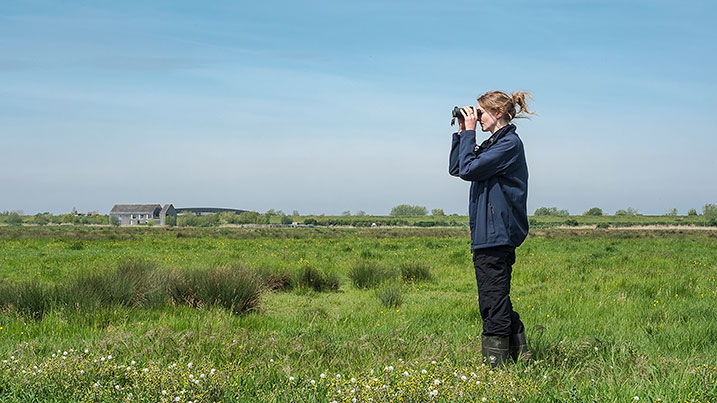
So far they’ve recorded garganey, gadwall, shoveler, mallard, lapwing, yellow wagtail and corncrakes holding territories and hatching chicks. We’ll have to wait until breeding season has finished to know how the different species have fared this year and how that compares to other years but there have been at least four male corncrakes calling over territories this spring.
Much of the work we do across our reserves is about managing habitats for wetland species to thrive in. To do this we are constantly monitoring the flora and fauna as well as the wildlife.
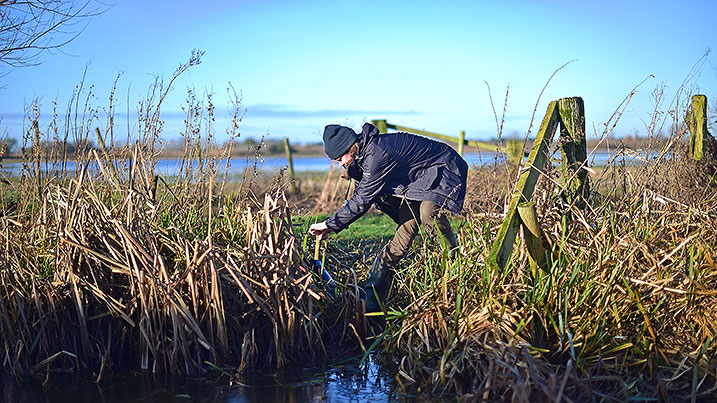
At WWT Washington monitoring meadow flora and managing grasslands is a big part of the reserve team’s work at this time of year. Cutting back dominant vegetation, such as grasses and brambles, in the wooded areas is important to allow ferns and woodland plants to thrive. Grasslands are managed to create a mosaic of sward at different heights to support wildlife. Checking for invasive plant species is also priority as things grow so fast during the summer months.
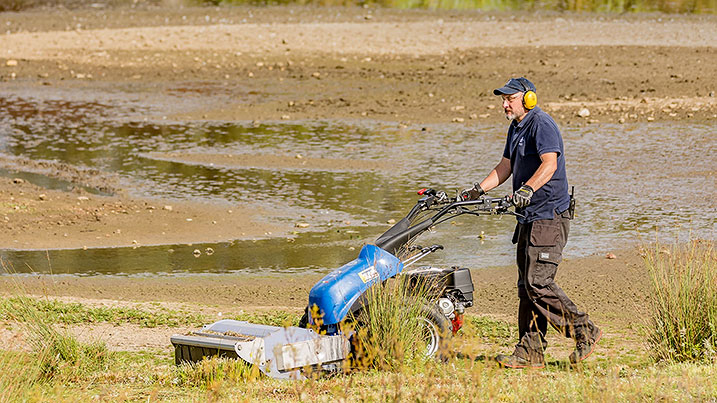
The team have also been carrying out breeding bird surveys at Wader Lake (recording avocet, lapwing, common tern, grey heron and willow tit), surveying the great crested newt population and monitoring the bat population on the site. There’s never a dull day!
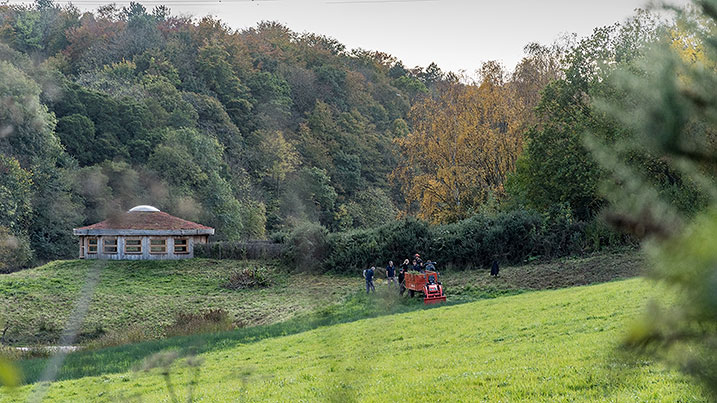
WWT Caerlaverock is home to the most northerly UK population of Scotland’s rarest amphibian, the natterjack toad. The reserve team have been out surveying these fascinating amphibians and are reporting the best breeding season for many years, recording 45 spawn strings by the end of May.
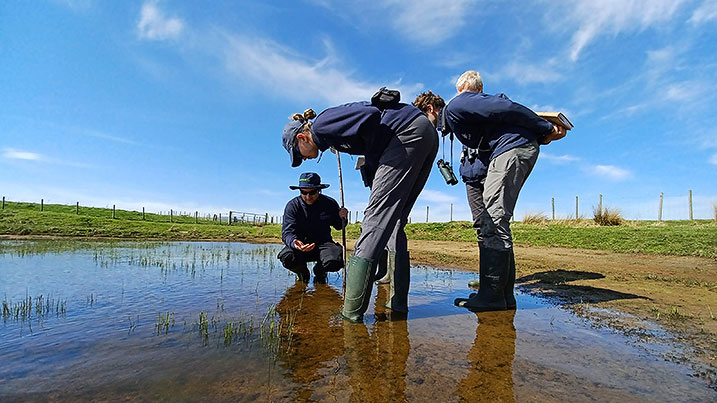
They have also been surveying the breeding birds finding snipe, lapwing, redshank, grasshopper warbler and loads of sedge warblers and skylark. They continue with nest box monitoring for declining species with 59 tree sparrow boxes and kestrel boxes across the site. The boxes are made and put up by volunteers, then checked regularly by volunteers and staff. Later in summer butterfly and moth monitoring will start as well as saltmarsh monitoring.
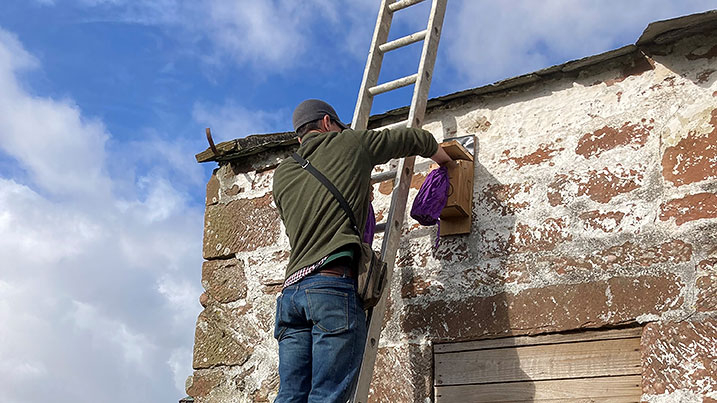
We’re delighted to be able to report that our crane chicks are thriving at WWT Slimbridge with eight chicks hatched by early June. There’s still one more nest being incubated. The first few weeks are a treacherous time for young chicks and there’s still a long way to go before the first fledglings take to the skies, but so far so good.
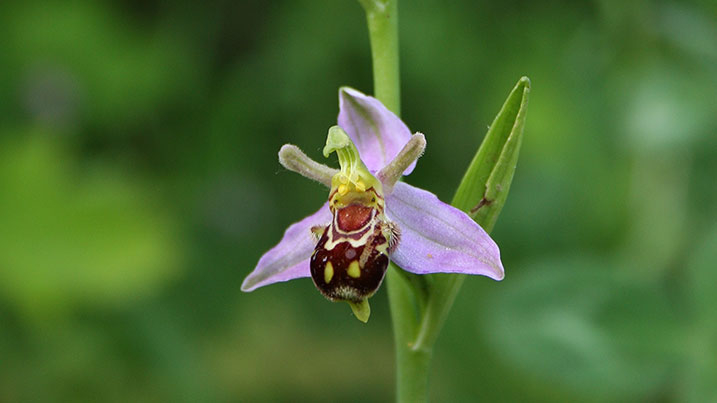
Summer is the season for orchids with common spotted, southern marsh, bee and pyramidal bursting into flower across the reserve. We manage many of our species-rich grasslands as hay meadows. The meadows are left until the flowering plants have finished and gone to seed and then the reserve teams will start the annual cutting cycle. Believe it or not this is the first step in getting ready for the arrival of the winter birds.
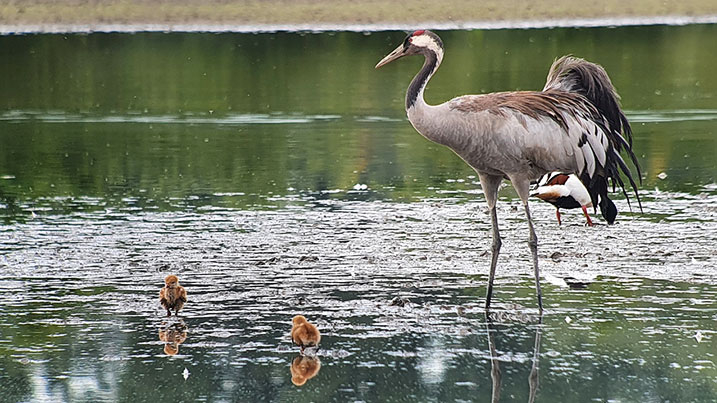
We hope you’ve enjoyed this whistle stop tour of our reserves, finding out a little about the work that our teams are doing behind the scenes at this time of year. Keep an eye on our website for further updates.



